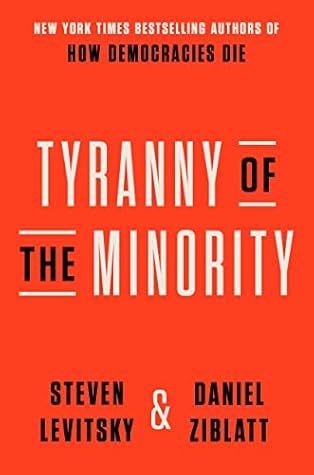The rise of cities fundamentally altered politics. By 1920, the most populous states were now also among the most urban (for example, New York, Illinois, Pennsylvania), while the least populous were more rural (Wyoming, Nevada, Vermont). What began as a strictly small-state bias had become a rural-state bias. This meant that rural jurisdictions were now overrepresented in three of America’s most important national political institutions: the U.S. Senate, the Electoral College, and—because presidents nominate Supreme Court justices and the Senate confirms them—the Supreme Court.
Welcome back. Just a moment while we sign you in to your Goodreads account.


